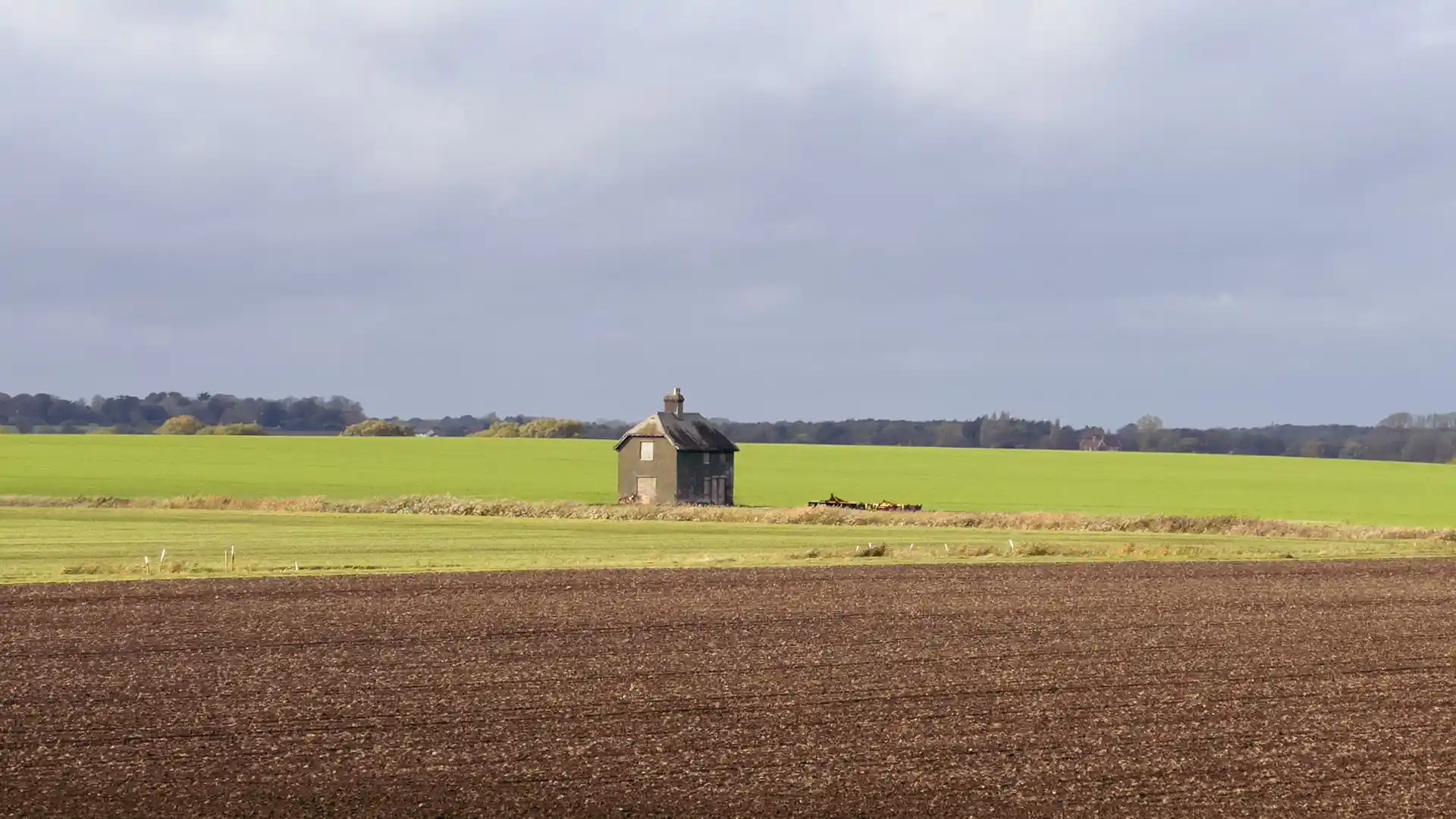

Suffolk’s landscapes have long embodied the quiet beauty of England — a patchwork of meadows, estuaries, and storybook villages framed by vast skies. But today, the county’s story is being rewritten. From new walking and cycling routes to community-led food trails, Suffolk is emerging as a model for how local tourism can grow sustainably while staying true to its sense of place.
Across the East of England, small but significant investments are reshaping how people move through the countryside. Suffolk County Council’s latest Active Travel projects are expanding paths between Copdock, Capel St Mary, and West Felixstowe, linking towns and rural communities through safer, car-free connections.
These updates may seem practical, but they speak to a broader vision — one where adventure begins at your doorstep. For walkers and cyclists, it means more freedom to explore the Stour Valley, the Sandlings, and Suffolk’s coast without the need to drive. For local residents, it builds a stronger bridge between community life and outdoor recreation.
Each new trail is a quiet act of sustainability — encouraging visitors to move more slowly, stay longer, and spend locally.
In Mid Suffolk, the new “Trek, Treat, Repeat” initiative is redefining the idea of countryside hospitality. These so-called grazing walks connect local cafés, farm shops, and producers through scenic circular routes — inviting travellers to discover the county’s food culture one footstep at a time.
It’s walking as nourishment — for body, place, and community. Along these routes, walkers might pause at a small bakery in Debenham, sample farm-pressed cider near Stowupland, or end their journey with a pub lunch overlooking meadowland. The concept brings together everything Suffolk does best: good food, friendly faces, and landscapes made for slow exploration.
By combining local produce with gentle outdoor activity, these projects breathe life into market towns, encourage off-season travel, and give visitors a reason to explore beyond the coast.
Visit East of England’s latest report shows steady tourism growth across the region, driven by nature-based and heritage travel. And on a national level, mayors across England have backed a plan to create a National Active Travel Network — joining together walking and cycling routes into a single connected system.
The East of England’s flat terrain and historic trail network make it a natural cornerstone of this vision. Imagine walking from the Stour Valley Path to the Essex Way or linking coastal trails through Suffolk and Norfolk — an interwoven network of adventure routes connecting people, places, and protected landscapes.
For now, the foundations are being laid — one signpost, one resurfaced path, one community initiative at a time. Together, they’re shaping a new kind of countryside travel: low-impact, deeply local, and full of quiet discovery.
Each trail offers a different rhythm — from quiet inland meadows to wild coastal horizons — but all share a common thread: a sense of balance between movement and stillness.
Suffolk doesn’t shout its story — it lets you walk into it. There’s a gentle confidence here: a belief that travel can be meaningful without being loud, and that the best adventures are the ones that leave both landscape and traveller better than before.
For walkers, cyclists, and slow explorers, Suffolk’s path forward feels refreshingly grounded — built not on spectacle, but on connection.
Top choices include the Stour Valley Path, the Sandlings Walk, the Suffolk Coast Path, and the Wool Towns Trail. Each offers distinct scenery — from coastal estuaries to medieval villages.
Yes. Market towns such as Ipswich, Sudbury, and Saxmundham have good rail links, with buses and local transfers connecting nearby walking areas like Dedham Vale and the coast.
Spring and autumn are ideal for mild weather, wildflowers, and colourful landscapes. Summer brings lively villages and long days, while winter offers peaceful, atmospheric walks.
Expect friendly inns, farm stays, boutique B&Bs, and self-catering cottages near trails. Many now emphasise sustainability and local sourcing — perfect for walkers seeking authentic experiences.
Suffolk blends scenic variety with accessibility — offering gentle terrain, strong heritage, and a calm, reflective beauty that defines slow travel in England’s east.